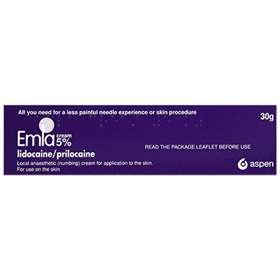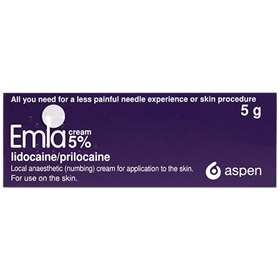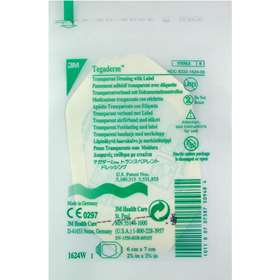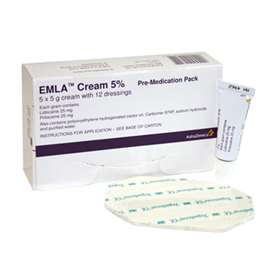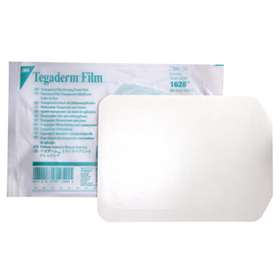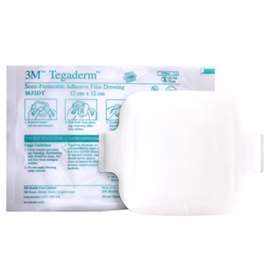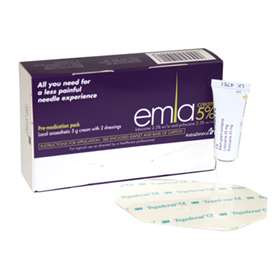1. What is Emla?
Emla is a white, soft cream containing the active ingredients Lidocaine 2.5% w/w and Prilocaine 2.5% w/w. These ingredients are known as anaesthetics and are designed to numb the skin temporarily, prior to a surgical or beauty procedure that would usually be considered mildly to moderately painful.
2. How dose Emla work?
The active ingredients Lidocaine and Prilocaine are absorbed into the skin with the cream. Pain signals are prevented from passing from the applied area to the brain, meaning that painful procedures can be performed without feeling pain.
3. What is Emla used for?
Emla can be used before minor dermatological procedures, such as needle insertion (injections or tattoos) and surgical treatment of localised lesions and larger procedures such as split skin grafting. Emla is suitable for use on the skin and adult genitalia.
(Please refer to question 5 for indications on where not to use Emla.)
4. How would I apply Emla?
It is important that you apply Emla as directed by your doctor or pharmacist.
Depending on the size of the area, squeeze out a reasonable amount of Emla to cover the skin. Next, apply a dressing to ensure the cream does not rub off. (For dressings, we recommend using Tegaderm with Emla, available in sizes
6cm x 7cm, 12cm x 12cm or 15cm x 20cm.) Leave on for at least 1 hour, depending on the area's size, to allow full penetration into the skin. (In cases of genital procedures, cream can be removed after 15 minutes).
A full instruction leaflet comes with every pack of Emla.
5. Any precautions?
Emla should not be used:
- On cuts, grazes or wounds.
- Where there is a skin rash or eczema.
- In or near the eyes.
- Inside the nose.
- In the ear.
- In the mouth. (For anaesthetics in oral procedures, we recommend
Xylocaine Spray)
- In the anus (back passage). (For treatments to numb painful conditions such as piles, we recommend
Germoloids)
- Onto the genitals of children.
6. Can Emla be used on sensitive skin?
Emla has been suggested it may be used on all skin types, however if you do have sensitive skin and have never used Emla, or a product similar (such as Ametop or Xylocaine), we recommend trying a patch test first. If you severely react in a way not as suggested on the Emla leaflet, avoid using the product.
If you know you are hypersensitive to any of the ingredients in Emla, then it is advised you do not use this product.
7. How old do you have to be to use Emla?
If you are applying Emla to the skin's surface, Emla can be used on children as young as 1 year of age
under medical supervision or instruction by your doctor, and adults and the elderly. For procedures on the genital region, only adults and the elderly can use this product.
8.What else does Emla contain?
Emla's cream base contains Polyoxyethylene hydrogenated Castor oil, Carbomer 974P, sodium hydroxide and purified water.
9. Can Emla be used to numb the skin in preparation for needle procedures?
Yes, Emla can help by numbing the skin prior to immunisations, travel vaccinations and for blood tests. Emla cream should be applied approximately 1 hour before any needle procedure (please note that Emla cream must be removed after an hour for infants aged 0-11 months). Emla cream is approved for use by adults and children of any age, from full-time birth.
Many adults and children fear the pain of needles. Studies have shown that 1 in 4 adults fear needles. 90% of children in the 14 to 18 month and 45% of 4 to 6 year olds show severe distress during immunisation. By applying Emla cream 1 hour before a procedure the numbing effect can reduce distress.


